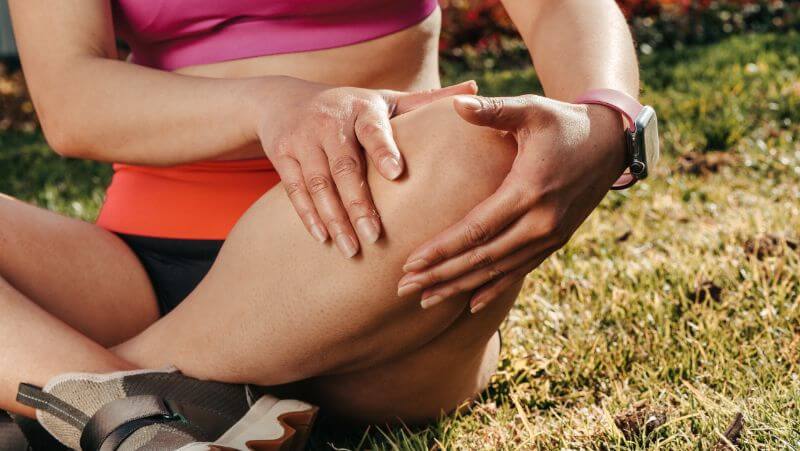The knee is the most complex joint we have, so there’s a great deal of potential for it to go wrong. When it comes to lower limb issues your knees bear a great deal of the burden, although the problems can begin further down in your feet.
The way you stand and move (your posture and gait) has an impact on your entire body, and any imbalance here will put extra pressure on your knees. Other knee issues arise from wear and tear, injury, or hereditary conditions. As a lower limb specialist, your podiatrist can help with many knee-related problems.
Common Knee Conditions
Pronation Problems
When you walk or run your feet roll inwards on impact with the ground. At this moment your arch is supporting a great deal of weight (roughly three times your body weight). This allows your feet to absorb the shock of landing and is perfectly natural.
The rolling process is known as ‘pronation’ and is slightly different for everyone. Some people roll inward too much or not enough, and this affects your feet’s ability to adequately absorb shock. This places extra strain on ligaments, tendons and joints.
Patellofemoral Pain Syndrome
If the feet roll inward too much (excessive pronation) the knees will follow. This ‘knock-kneed’ stance tugs the tendons of the knee (particularly the kneecap) in the wrong direction. If not corrected this leads to injury across the whole knee area, and a great deal of pain.
Iliotibial Band Syndrome
Excess pronation can also affect the iliotibial band. This thick length of tissue runs down the outer thigh and past the outside of the knee. Excessive inner leg rotation puts the soft tissues of the knee under unnatural pressure, which leads to inflammation.
Both of these conditions are common with sports people, but can also affect anyone with postural or biomechanical issues.
Osteoarthritis of the Knee
The femur (thigh bone) joins the tibia (lower leg bone) at the knee. The intersection between the two is cushioned by a layer of cartilage. Over time the cartilage can wear down and this causes the bones to grind together.
Most commonly this is down to wear and tear over the years, although for some people it can be hereditary or due to the downward pressure of weight gain. Whatever the reasons, the result is painful, with swelling, stiffness and inflammation.
Baker’s Cyst
Cartilage tears or arthritis can cause a fluid-filled cyst to form behind your knee. Known as a popliteal cyst or Baker’s cyst, this swells to become a painful bulge around the knee. The fluid build-up can cause the knee joint to stiffen up or even lock. If the cyst ruptures, it leads to leaking fluid and sharp pain in the knee and calf.
How Your Podiatrist Can Help
These are just some of the many knee conditions that exist. Fortunately, there are many ways your podiatrist can help.
Biomechanical assessment analyses the movement of the feet, legs and whole body in various positions to pinpoint problems with posture and gait – for example, issues with pronation.
Custom-made orthotics may be prescribed to help correct postural issues.
Exercise advice to stretch, tone and strengthen muscles and soft tissues to better support the knee.
Anti-inflammatory advice to reduce swelling and ease the pain.
Comprehensive Care at Feet By Pody
Visit one of our London foot clinics for friendly and experienced advice and treatment.

